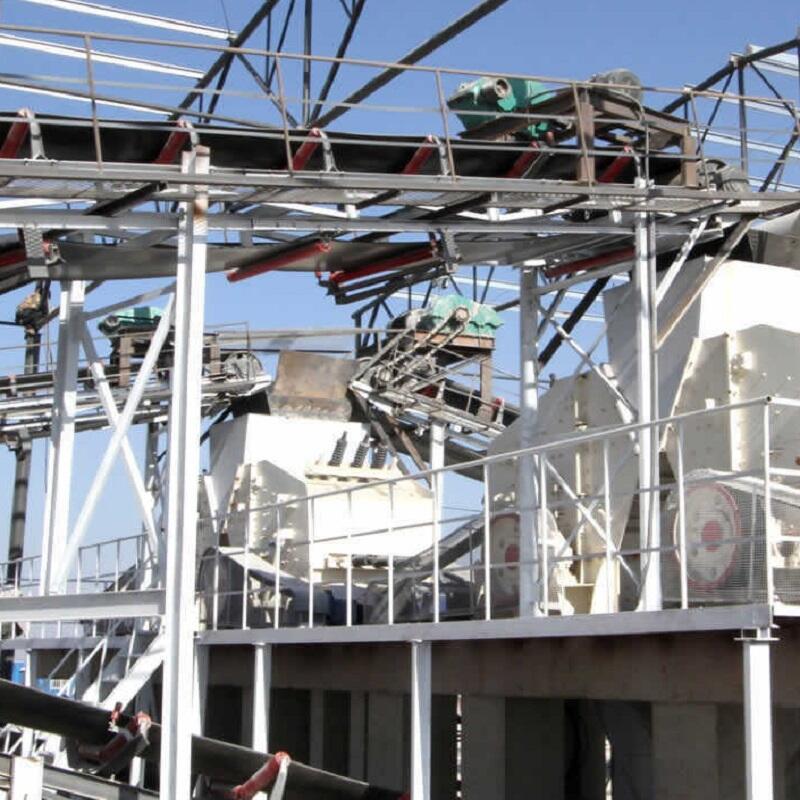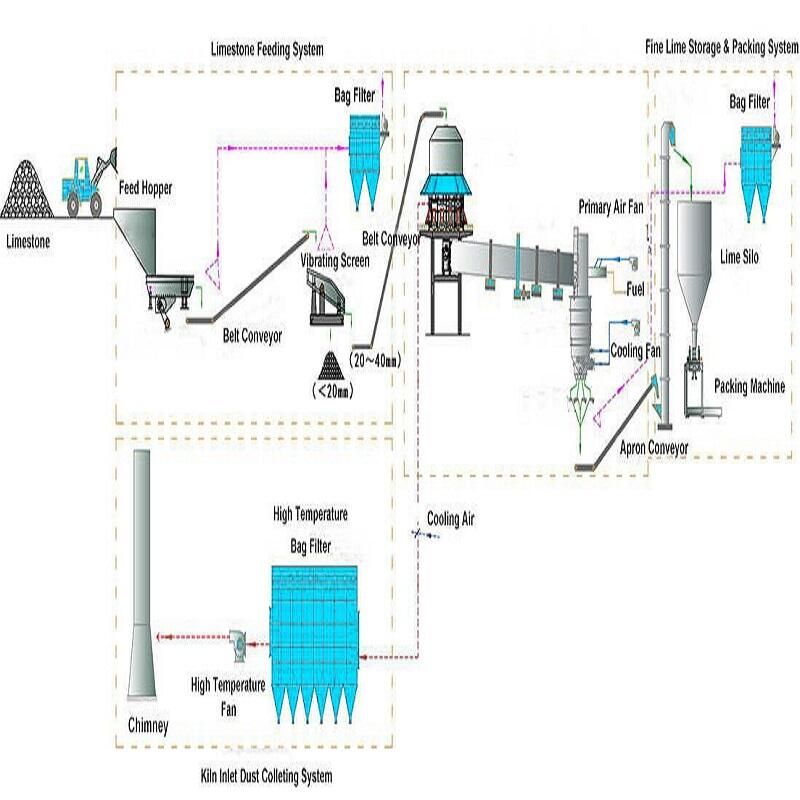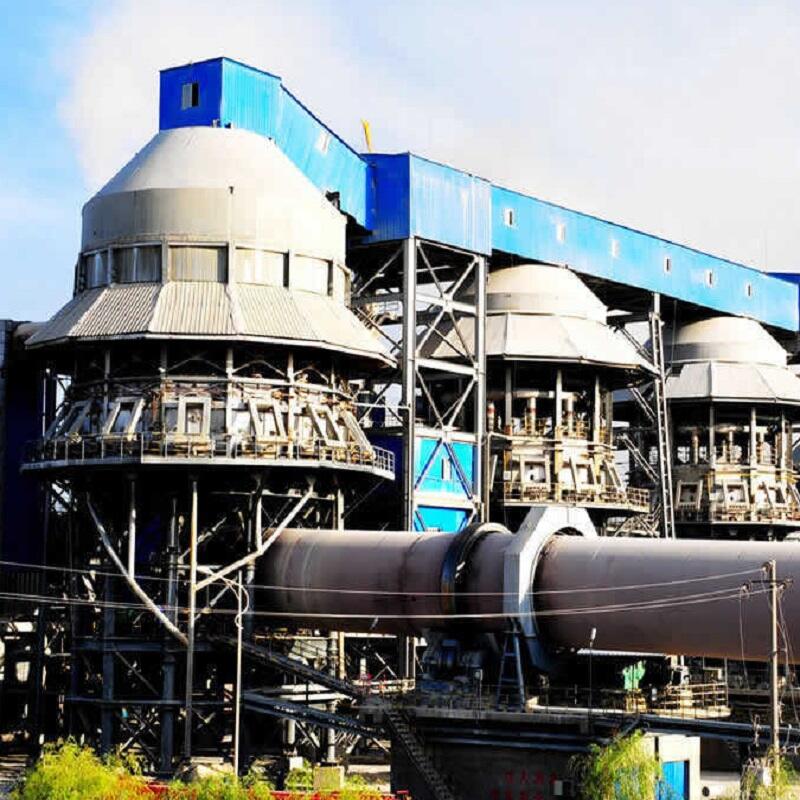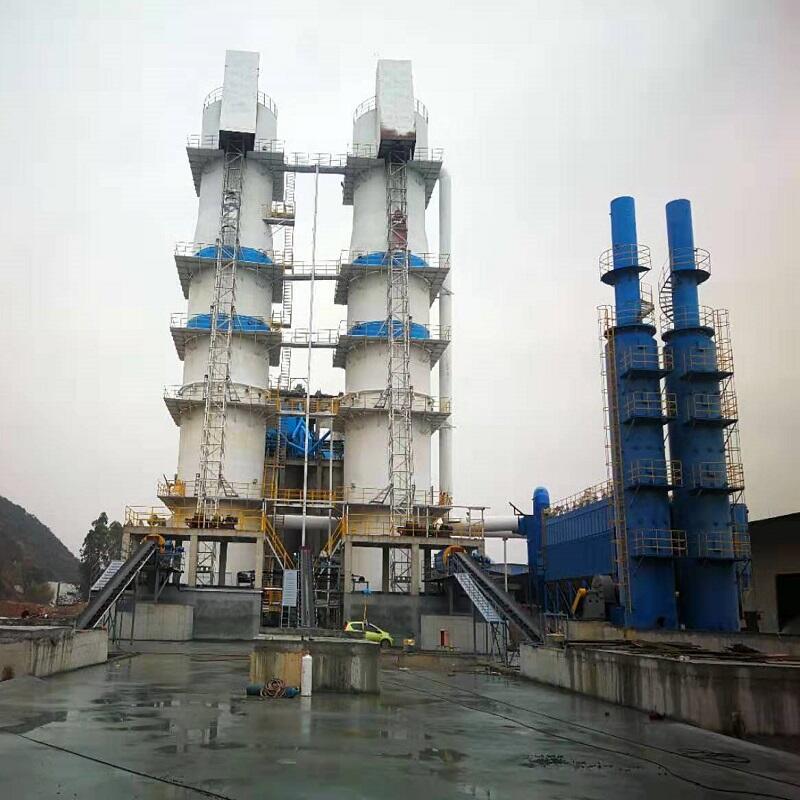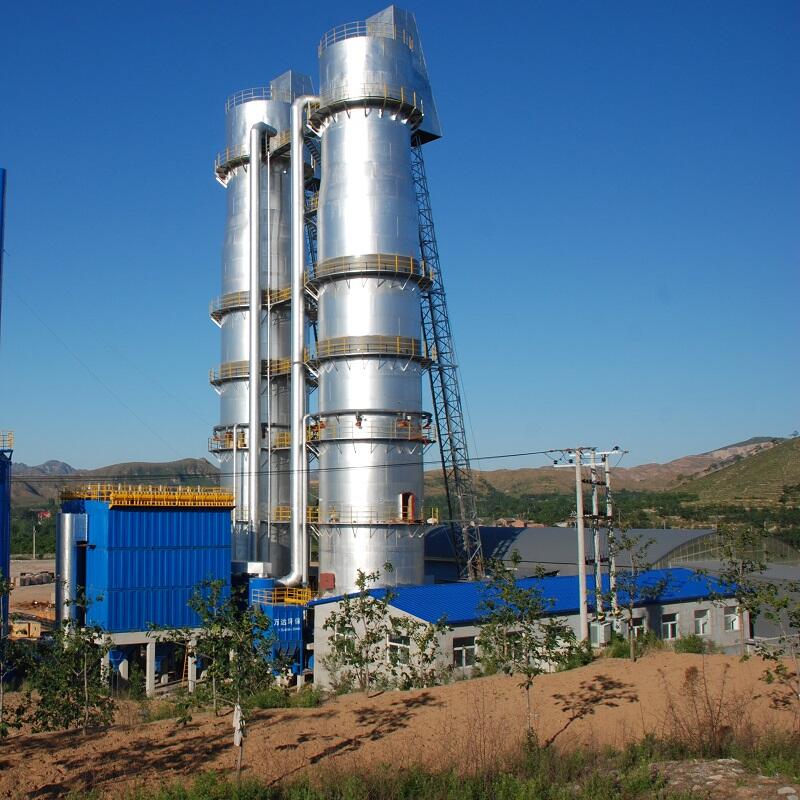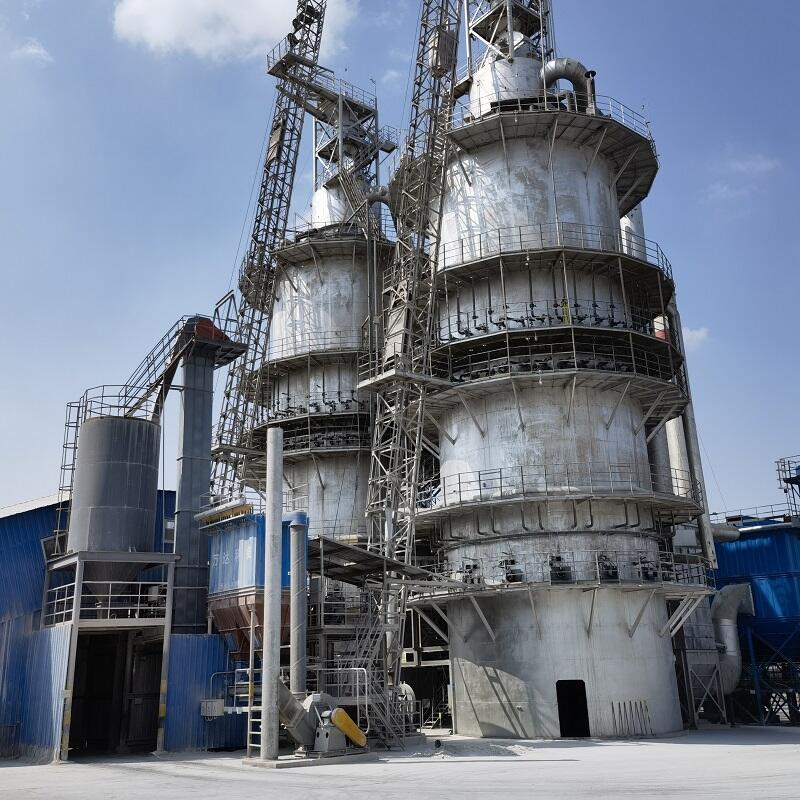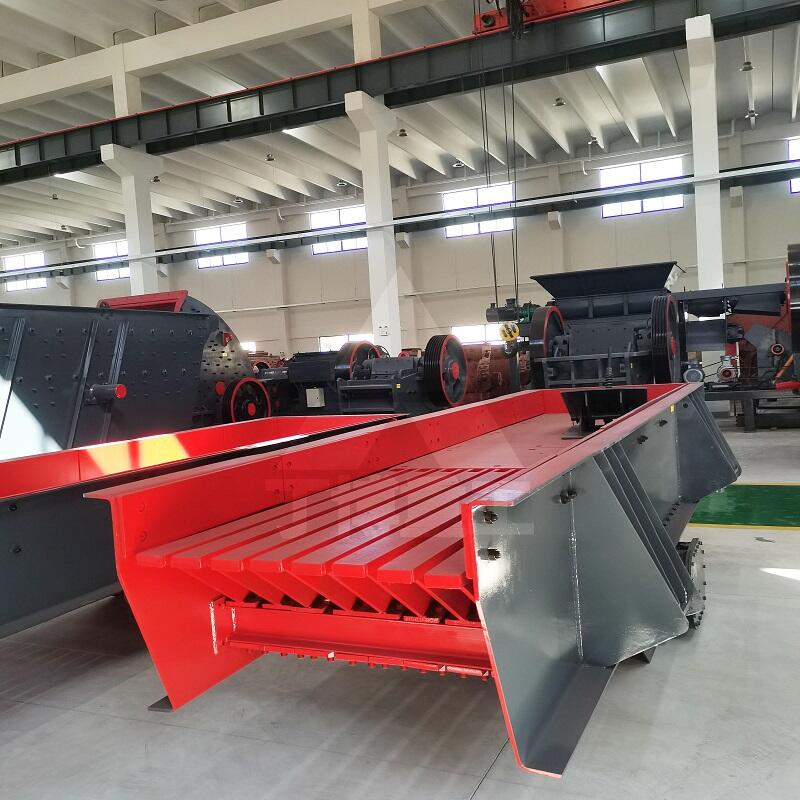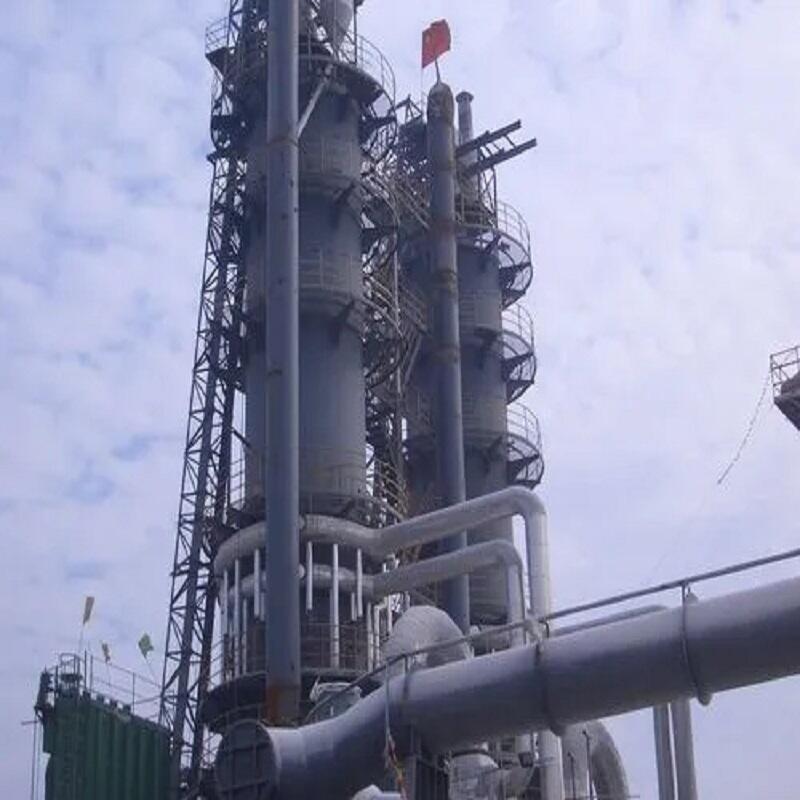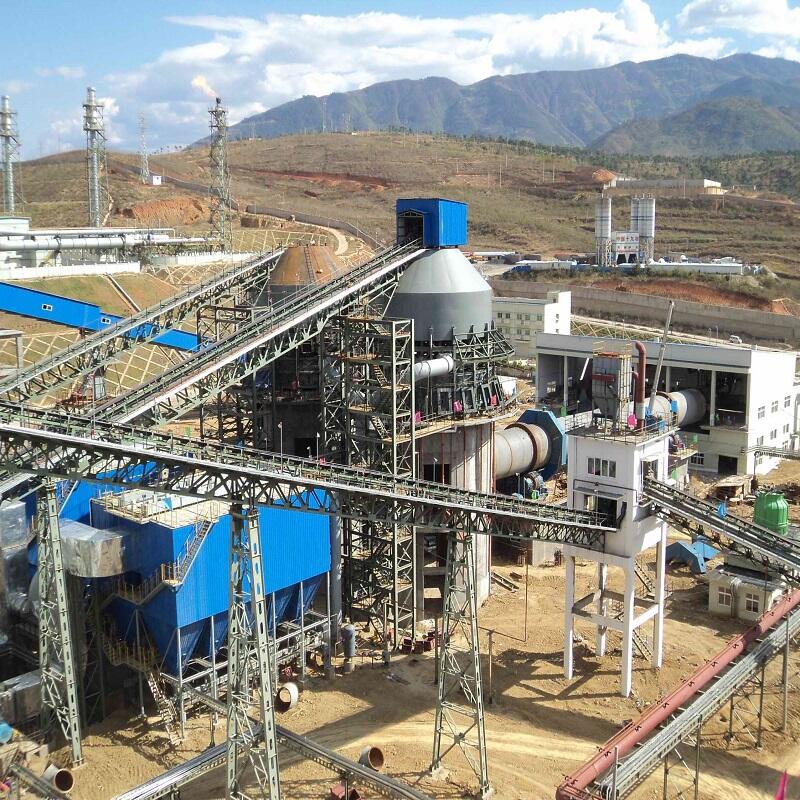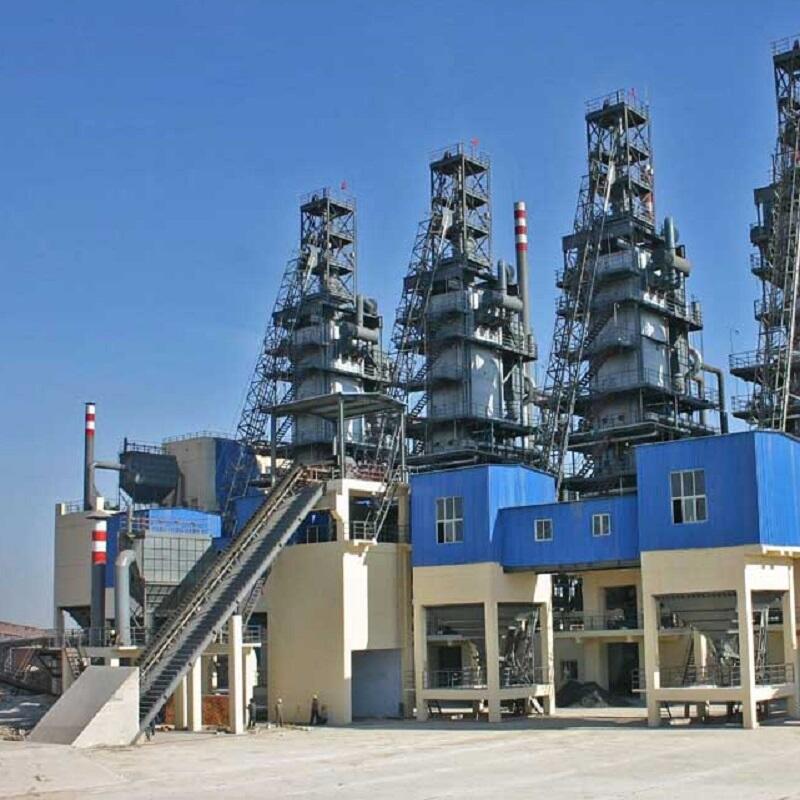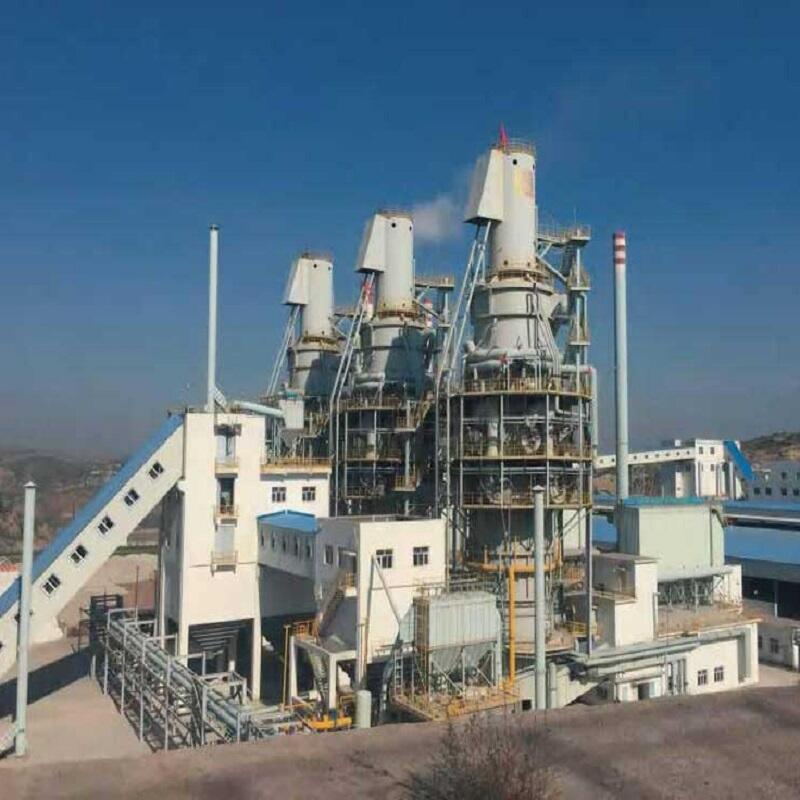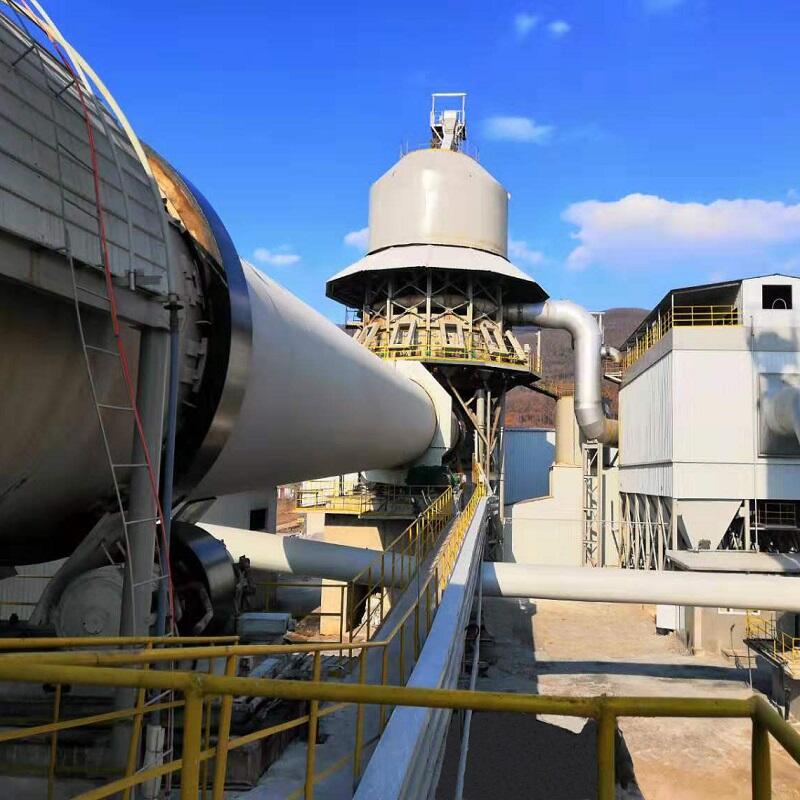
Lime Calcination Plant
| Capacity: | 200~1500TPD |
| Fuel: | coal gas, natural gas, and pulverized coal |
| Equipment: | vertical lime kiln (or rotary kiln), Raymond mill, jaw crusher, bucket elevator, separator, dust collector, etc. |
Overview
Inquiry
Related Products
Description:
AGICO CEMENT, a Chinese manufacturer of lime kilns, draws on over two decades of experience in lime calcination plants. We specialize in tailoring EPC projects for limestone calcination based on actual working conditions. Our offerings encompass both rotary and vertical lime kilns, providing services that span lime kiln design, lime kiln parts, lime kiln maintenance, lime kiln upgrades, etc.
Lime manufacturing process:
1. Raw material preparation
The limestone is crushed and screened to make its particle size meet the production requirements.
2. Calcination
The treated limestone is transported to the kiln for calcining.
Factors such as temperature, time, and fuel ratio are controlled so that the limestone and fuel are heated together and chemical reactions occur to produce quick lime (CaO).
3. Cool and break
The resulting quicklime is cooled to prevent it from continuing to react.
The cooled lime is broken to make its particles finer.
4. Screening, packaging, and storage
The quicklime is sieved to remove impurities and non-conforming particles.
The qualified quicklime is packaged for subsequent use.
Store the packaged quicklime for a rainy day.
Comprehensive Comparison Of Different Lime Calcination Kilns
The lime kiln stands as the central apparatus in the lime production line, exerting a direct impact on both production quality and costs. The selection of a lime kiln should involve a comprehensive assessment of elements such as fuel utilization, production scale, investment expenses, product quality, operational costs, site selection, and adherence to local environmental protection standards.
| Item | Double Shaft Lime Kiln | Annular Shaft Kiln | Double-beam Lime Kiln | Chinese Annular Shaft Kiln |
| Capacity(t/d) | 600 | 600 | 300 | 300 |
| Unit Heat Consumption(KCal/kg) | 850-900 | 900 | 1050 | 1020 |
| Fuel Consumption(Nm³) | 1000-1058 | 1058 | 1235 | 1200 |
| Power Consumption(kw/t) | 38 | 38 | 40 | 35 |
| Gas Supercharging Requirement(Kpa) | -50 | -17 | -17 | -15 |
| Kiln Chamber Working Pressure | positive pressure 40Kpa | negative pressure | calcination zone with negative pressure on the upper part and positive pressure on the lower part | positive pressure |
| Raw Material Minimum Feed Size(mm) | 25 | 30 | 30 | 20 |
| Lime Activity(ml) | ≥360-400 | ≥360 | ≥320 | ≥320 |
| Overheat Rate(%) | ≤5 | ≤5 | 8月10日 | ≤10 |
| Annual Working Days | 340 | 335 | 330 | 330 |
| Refractory Material | complex connection structure | complex arch structure | simple | simple |
| Staffing(three shifts) | 21 | 21 | 21 | 16 |
| Exhaust Gas Oxygen Content Control | Easy | difficult | difficult | easy |
| Automation Degree | High | high | middle | high |
| Investment Cost | $5,469,487 | $4,785,801 | $2,392,901 | $1,640,846 |
Competitive Advantage:
lThe quicklime produced by AGICO's lime calcination kiln exhibits superior quality, boasting high activity (>360ml) and a CO2 residue of less than 2%.
lThe AGICO lime production plant features advanced automation, a compact footprint, and operates continuously for up to 48 weeks per year, ensuring stable output and a brief payback period.
lAll of AGICO's lime production lines demonstrate energy efficiency and minimal heat consumption. Additionally, our calcination equipment displays strong adaptability to various fuels, requiring less maintenance and significantly reducing operational costs.
lEquipped with three-stage de-dusting devices and two-stage desulfurization equipment, our lime calcination plant adheres to international environmental protection emission standards. Some projects (optional) have even achieved ultra-low emissions, eliminating white smoke.

 EN
EN
 AR
AR
 BG
BG
 HR
HR
 CS
CS
 DA
DA
 NL
NL
 FI
FI
 FR
FR
 DE
DE
 EL
EL
 HI
HI
 IT
IT
 JA
JA
 KO
KO
 NO
NO
 PL
PL
 PT
PT
 RO
RO
 RU
RU
 ES
ES
 SV
SV
 TL
TL
 ID
ID
 LV
LV
 LT
LT
 SR
SR
 SK
SK
 UK
UK
 VI
VI
 HU
HU
 TH
TH
 TR
TR
 MS
MS
 LO
LO
 MN
MN
 NE
NE
 MY
MY
 KK
KK
 UZ
UZ

